
Patient Participation
Latest News
Latest Videos
More News
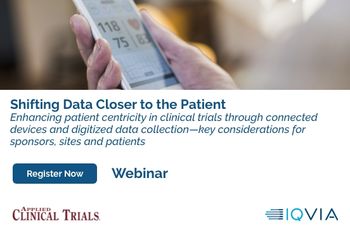
Webinar Date/Time: Thursday, March 30th, 2023 at 10am EDT|7am PDT|3pm BST|4pm CEST
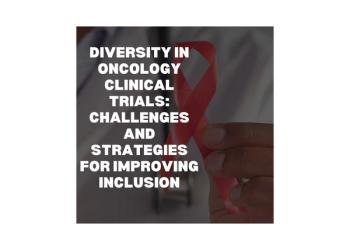
Challenges and strategies for improving representation.

Buy-in from industry stakeholders pivotal to ensure bright future for the decentralized approach.

Rich Christie, MD, PhD, Chief Medical Officer at AiCure discusses the use of the company's technology in a clinical trial for PTSD.
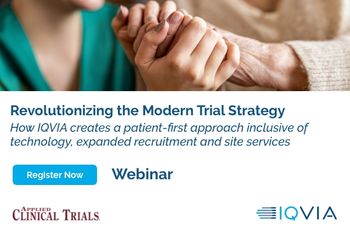
Webinar Date/Time: Tuesday, February 14th, 2023 at 10am EST|7am PST|3pm GMT|4pm CET
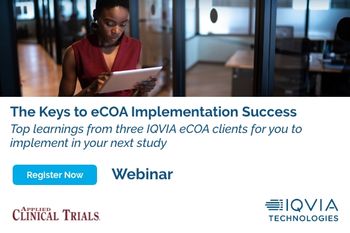
Webinar Date/Time: Tuesday, January 24th, 2023 at 11am EST|8am PST|4pm GMT|5pm CET
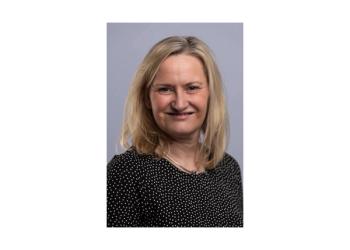
New technology is empowering medical professionals to better incorporate the voices of patients.

Webinar Date/Time: Tuesday, December 13, 2022 at 10am ET | 3pm GMT | 4pm CET
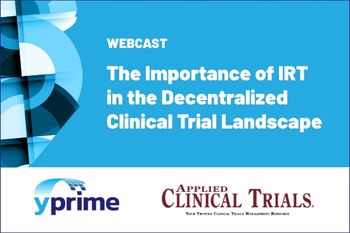
Webinar Date/Time: Wednesday, December 7th, 2022 at 11am EST | 8am PST | 4pm GMT | 5pm CET

Good scientific principles and practices are essential for maintaining quality data that patients can benefit from.

Integrated approaches can help enhance recruitment plans.

Insights from Bayer’s study review process showcases importance of incorporating feedback from a wider audience of stakeholders.

Increased outreach is necessary to combat poor recruitment and large focus on patients near study centers.

Decentralized trials provide promise for lowering barriers in participation, but industry must continue to be proactive in patient centricity.

Andrea Zobel, PhD, Senior Director of Personalized Supply Chain at AmerisourceBergen’s World Courier, and Graham Wylie, MBBS, Executive Chairman & Founder of the Medical Research Network (MRN), discuss the demand for DCTs, challenges surrounding them, and what their future holds.

COVID spotlights the troubling disparity in clinical research representation. How can we remove these barriers?

Experts discuss solving the EHR-compatibility puzzle in point-of-care trials.

Kevin Aniskovich, president and CEO of Jumo Health, discusses its foray into the clinical trials arena, which includes delivering multimedia educational resources to more than 200 trials spanning 90-plus languages in more than 75 countries.

By decentralizing trials whenever feasible, sites can decrease patient burden, clinops workload, and the number of on-site participants.

In this interview, Patrice Matchaba, MD, President of Novartis US Foundation discusses how the biopharmaceutical industry can regain the trust of minorities.

Looking beyond regulatory compliance.

In light of Facebook ban on ads targeting patients, industry has chance to reinvent digital advertising for trials.

Helping physicians and patients discuss local trials at the point of care.

While eConsent has become more widely adopted since COVID-19, work still needs to be done in improving patients’ understanding.

Five strategies to reduce risk and achieve deadlines.
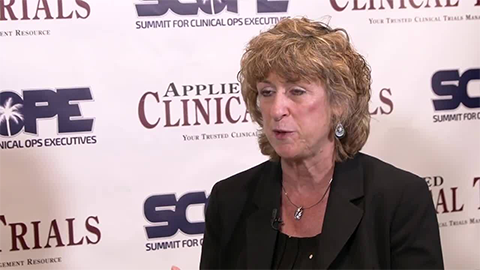
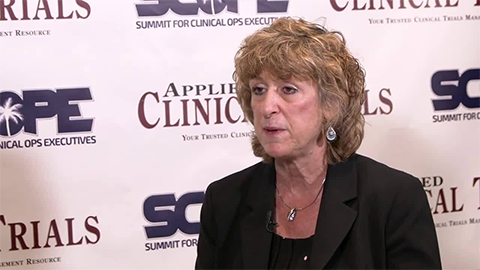



.png)

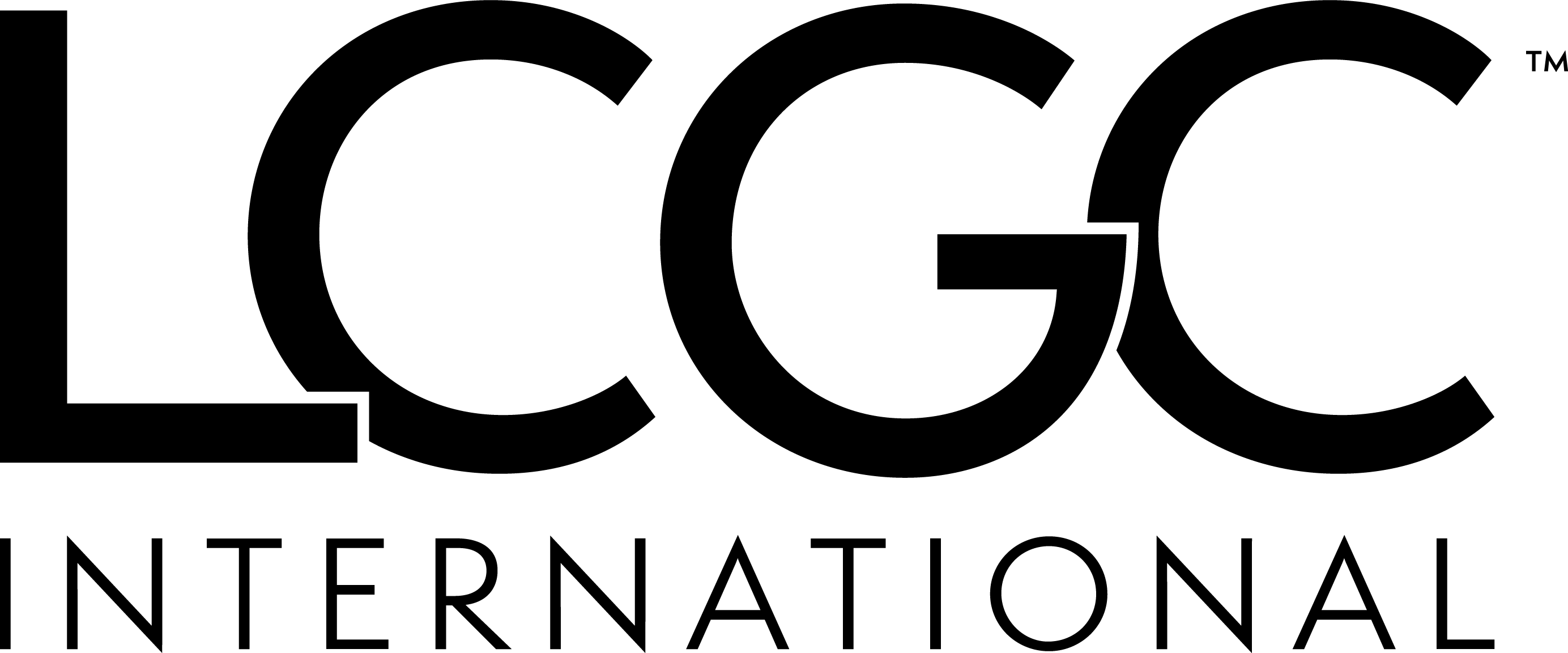

.png)



.png)
.png)
